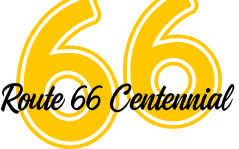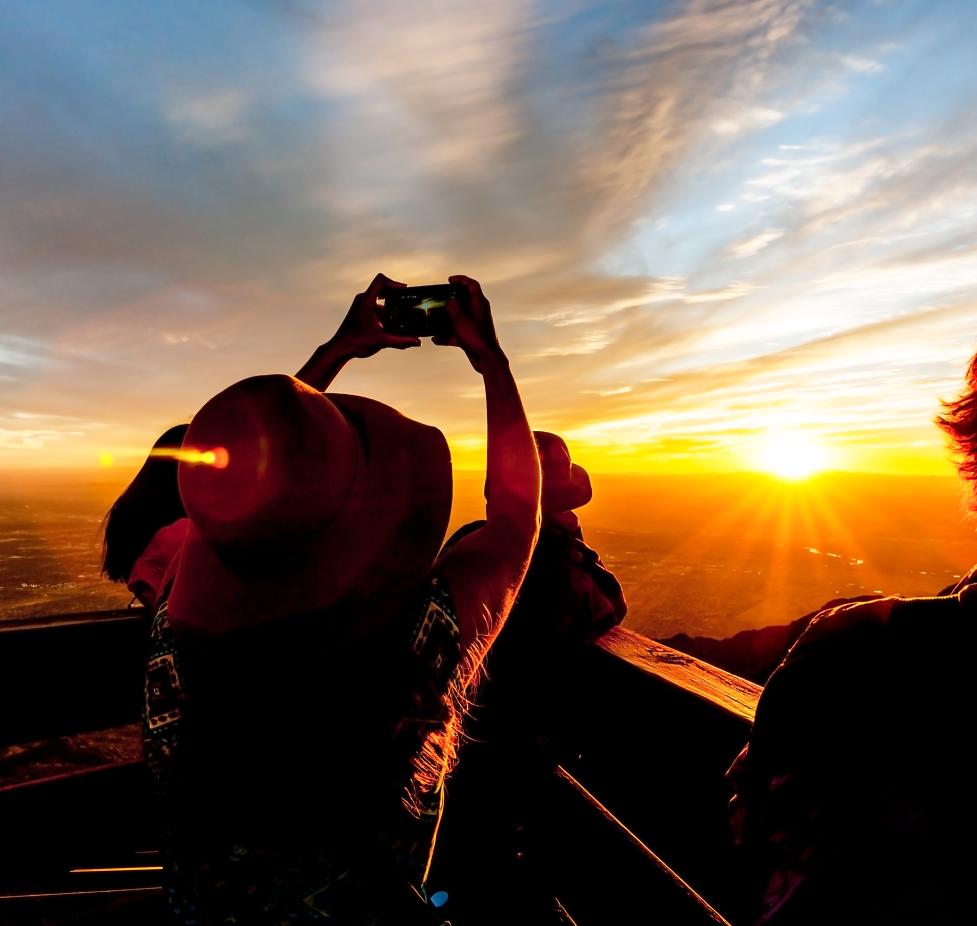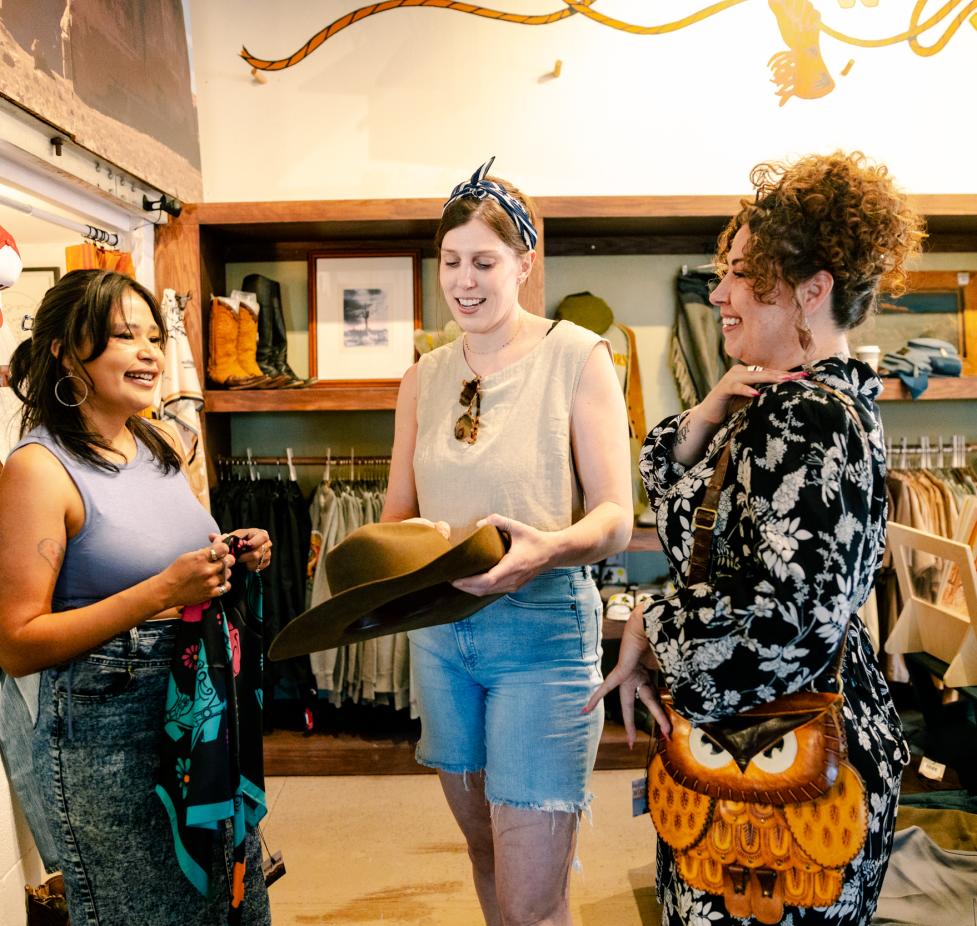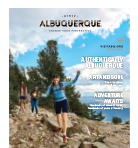Visit Albuquerque prohibits users from downloading images from our website.
Please use our media library for downloadable images and usage rights.HISTORY TOURS
Albuquerque: Where Cultures Thrive and History Never Dies
The following are suggested itineraries for those interested in New Mexico history. The amount of time suggested for the stop, travel distance and location is listed under each suggested tour stop. Piece these together for a half-day to two-day Albuquerque history adventure.
Albuquerque’s history and heritage bind the past to the present. The city’s rich history dates back to 1706 when provisional governor Cuervo y Valdez founded the city and named it after the Spanish Duke of Alburquerque. Even before that, pueblos with thousands of inhabitants lined the fertile banks of the Rio Grande. Today, thriving American Indian, Hispanic and Latino among many other diverse cultures add color, flavor and a legacy of living traditions to the personality of the city. Here are two day tours that highlight city history and the rich Hispanic history.
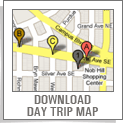 Tour 1: Albuquerque City History
Tour 1: Albuquerque City History
- Historic Old Town: San Felipe de Neri Church
- Albuquerque Museum of Art and History
- New Mexico Museum of Natural History and Science
- Historic Route 66: Valentine Diner, KiMo Theater
All stops accommodate tour buses and RVs
Historic Old Town: San Felipe de Neri Church
(1-4 hours; Central Avenue and Rio Grande Blvd., www.albuquerqueoldtown.com)
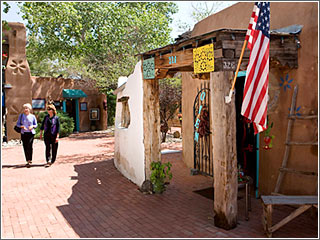 Centered around the bustling Plaza, Old Town has been the city’s focal point since the farming village sprung up on El Camino Royal. The adobe bell towers and walls of the first building, San Felipe de Neri Church, anchor one side of the Plaza and souvenir shops, galleries and restaurants line the others. During the Christmas season, luminarias and the city’s official Christmas tree light up the Plaza. In the summer, musicians, dancers, poets and old West re-enactments entertain visitors.
Centered around the bustling Plaza, Old Town has been the city’s focal point since the farming village sprung up on El Camino Royal. The adobe bell towers and walls of the first building, San Felipe de Neri Church, anchor one side of the Plaza and souvenir shops, galleries and restaurants line the others. During the Christmas season, luminarias and the city’s official Christmas tree light up the Plaza. In the summer, musicians, dancers, poets and old West re-enactments entertain visitors.
Ristras of red chiles decorate the Pueblo-Spanish, flat-roofed, buildings and flowered archways lead to hidden courtyards. Explore the side streets, walkways, and garden patios and discover artist-owned galleries, boutiques, antiques, and outdoor cafes and coffee shops. Native American vendors sell jewelry from sidewalk blankets, while galleries offer exquisite crafts from nearby pueblos.
Strolling Old Town, you’ll feel the distinct Southwest blend of Albuquerque’s multicultural heritage. Sample delicious New Mexican style food at Church Street Café, listen to Mariachi music on the bandstand and chat with Indian vendors. At the Turquoise Museum on Central Avenue, learn how different cultures have valued the gem through the centuries, and the differences in quality and price between the natural and stabilized turquoise used in jewelry.
For an insider’s view of Old Town, join a guided walking tour from the Albuquerque Museum of Art and History. Volunteers lead tours Tuesday through Sunday at 11 a.m. mid-March through mid-December, or pick up a self-guided tour map and head out for your own discoveries.
For walking tours with an entertaining twist, check out the history, outlaw and ghost tours offered by Tours of Old Town, located in the Plaza Don Luis at 303 Romero St. NW (505-246-Tour). The 90-minute evening ghost tour explores alleys and hidden sites with 300 years of history in one of the “most actively haunted locations in North America.”
Albuquerque Museum of Art and History
(1-2 hours; 2000 Mountain Rd NW, 505-243-7255, www.cabq.gov/museum)
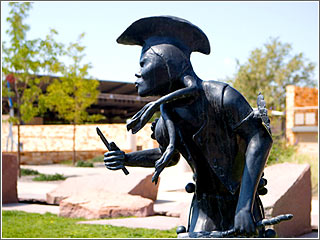 Art and history may seem like a strange combination, but what better way to document the evolving culture of the state than through the creative eyes of its artists? Paintings and photographs document the changing landscape as villages grew to cities and indigenous lifestyles gave way to modern technology. Galleries filled with art that blends Native American, Hispanic and modern influences present a unique view from one of the most creative states in the nation.
Art and history may seem like a strange combination, but what better way to document the evolving culture of the state than through the creative eyes of its artists? Paintings and photographs document the changing landscape as villages grew to cities and indigenous lifestyles gave way to modern technology. Galleries filled with art that blends Native American, Hispanic and modern influences present a unique view from one of the most creative states in the nation.
Step into the history galleries and discover how early settlers lived, and how “Alburquerque” progressed from a stopover on El Camino Real, and later on the Santa Fe Trail, into today’s Southwest metropolis. History and art don’t just hang on the walls, either. The life-sized sculptures that decorate the grounds capture glimpses from the past, present and future. Morning docent-led tours of the sculpture garden explain the significance of the classic and abstract sculptures. The museum gift shop carries unusual cultural and art-themed gifts, and the café serves gourmet light cuisine.
New Mexico Museum of Natural History and Science
(1-3 hours; 1801 Mountain Road, NW; 505-841-2800, http://nmnaturalhistory.org)
The city’s art, science and history, and children’s museums on Mountain Road are a short walk from the Plaza. At the New Mexico Museum of Natural History and Science, “Time Tracks” takes you back 12 billion years to Earth’s first signs of life.
Life-sized dinosaurs guard the exhibit halls and interactive exhibits let you feel the heat and smell the sulfur of a volcano from the Age of Volcanoes. Exhibits portray the dire wolves, mammoths and saber-tooth cats that disappeared as New Mexico's environment evolved from the grassland savannas of the Ice Age to today’s desert landscape. “Space Frontiers” details the state’s history of space exploration dating from the ancient sun-dagger solstice markers at Chaco Canyon to the latest Mars Mission.
Where did Microsoft get its start? Seattle…? Wrong! The “Start Up” exhibit traces the personal computer revolution beginning with Microsoft’s genesis in Albuquerque. The DynaTheater features nature movies on a five-story screen, and the Planetarium takes visitors on a 3D voyage through the cosmos. After your tour of the universe, do lunch at the M Café and shop the Natureworks gift shop.
Historic Route 66: Valentine Diner, KiMo Theater
(2-6 hours; 18 miles along Central Avenue, https://www.visitalbuquerque.org/albuquerque/route-66)
Half a century after the glory days of Route 66 and 25 years since it ceased to exist as a named highway, the "Mother Road" remains a prominent player in the city’s identity. Vintage motels and diners, many with refurbished signs, still line Central Avenue from Nob Hill to Nine Mile Hill on the western horizon. Cruising the strip at dusk when the neon starts to flash is a trip into a past era.
Fifth Street and Central Avenue has been the most distinctive corner in downtown since 1927. The KiMo Theater, a vintage Pueblo-Deco masterpiece, looks like it dropped from the pages of a children’s storybook. Elaborate Native American themed ornamentation decorates the Art Deco exterior. The theater began as a Vaudeville venue and now hosts visual and performing arts.
Continue east on Central past Route 66 icons of the past to Nob Hill. Be sure and stop to see Valentine’s Diner on the triangle corner at Central and Girard. Now a police substation, the original 8-stool diner was one of the first fast-food chains in the nation. In 1932, Arthur Valentine, a car salesman from Kansas, developed the Valentine Lunch System in a pre-fab dining car. He opened more that 50 across the west and served an all-American menu through the 1960s. The 66 Diner, a modern incarnation at 1405 Central Avenue NE, serves authentic roadhouse grub and the best malts in town. Click here for a more detailed Route 66 tour.
 Tour 2: Hispanic History
Tour 2: Hispanic History
- National Hispanic Cultural Center
- Albuquerque Museum of Art and History
- Casa San Ysidro Museum and Church
All stops accommodate tour buses and RVs
Hispanics, the first colonists of New Spain, have a special claim on the heritage of New Mexico. They brought the Spanish language, Catholicism, cattle and rodeos, arts and crafts and cultural traditions that endure today.
National Hispanic Cultural Center
(1-3 hours; 1701 Fourth Street SW; closed Monday, 505-246-2261, www.nhccnm.org)
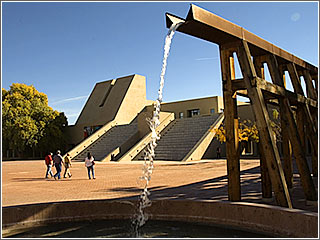 With architecture that reflects influences of Mayan, Spanish and post-Columbian cultures, the center is located on the banks of the Rio Grande in the heart of the historic Barelas neighborhood. The Hispanic community grew up around the river ford on El Camino Royal, the Spanish colonial road that connected Mexico City to Santa Fe.
With architecture that reflects influences of Mayan, Spanish and post-Columbian cultures, the center is located on the banks of the Rio Grande in the heart of the historic Barelas neighborhood. The Hispanic community grew up around the river ford on El Camino Royal, the Spanish colonial road that connected Mexico City to Santa Fe.
Though dedicated to preserving living Hispanic culture more than history, the center’s programs present a well-rounded perspective of the influence and contributions of Hispanic culture through the centuries. The evolving Hispanic culture has incorporated influences from Native Americans and the many cultures that fused to create life in Latin and North America. The remarkable art museum, restaurant and gift shop, daily programs and performing arts immerse visitors in the colorful and complex culture that has called New Mexico home for 500 years.
Albuquerque Museum of Art and History
(1-2 hours; 2000 Mountain Rd NW, 505-243-7255, www.cabq.gov/museum)
“La Jornada,” a series of life-sized bronze statues of Spanish colonists crossing the desert, greets visitors to this multi-purpose art and history museum. You can almost feel the thrill of discovery and the pain and hardship of the trip from the expressions on the settlers’ faces. Morning docent-led tours of the sculpture garden explain the historical significance of the sculptures.
Inside the museum, the history gallery tells the story of early conquerors and colonists and the founding of the city. See conquistador armor, ancient maps of Nuevo Mexico, and textiles that date back to the first Spanish goats and sheep. Displays, artifacts and cultural exhibits demonstrate early colonial life. One exhibit simulates a village home and another highlights Hispanic weaving with examples of distinct styles from across the Southwest. The gift shop carries unusual cultural and art-themed gifts, and the café serves gourmet light cuisine.
Casa San Ysidro and Old San Ysidro Church
(1-2 hours; 973 Old Church Road, Corrales, 505-898-3915, www.cabq.gov/museum/history/casatour.html)
In 1870, don Felipe Gutiérrez built a rancho with a Spanish-Colonial house in Corrales on land his family had owned since 1704. In 1952, Ward Alan and Shirley Jolly Minge needed a place to exhibit their lifetime collection of New Mexican Hispanic articles and artifacts. They purchased the Gutiérrez house and renovated it to represent a traditional 1870 rancho complete with a family chapel, courtyard and enclosed corral. The Albuquerque Museum of Art and History acquired the collection and house as a premier example of the Hispanic lifestyle during the 19-century Territorial Era. Open only for designated tours Wednesday—Sunday, with traditional crafts and living-history demonstrations on festival days. Closed December and January.
Across the street, the Old San Ysidro Church, now used for public activities, dates back to 1868. Built with three-foot-thick adobe walls and hand-hewn vigas and latillas, the church is a prime example of a Hispanic village church with wooden floors and mud-plastered, whitewashed walls. The church cemetery with its traditional Hispanic icons and statues, is adjacent to Casa San Ysidro. The church is open during community activities.
Sports & Outdoor
The city of Albuquerque sits at a mile above sea level (5,000-6,000 ft. elevation) and has a high-desert... More
Family Fun & Games
Albuquerque has fun for all ages, see our family fun page to learn more! More
Specials and Coupons
Looking for discount hotel rates in Albuquerque, New Mexico? Albuquerque is home to legendary... More

